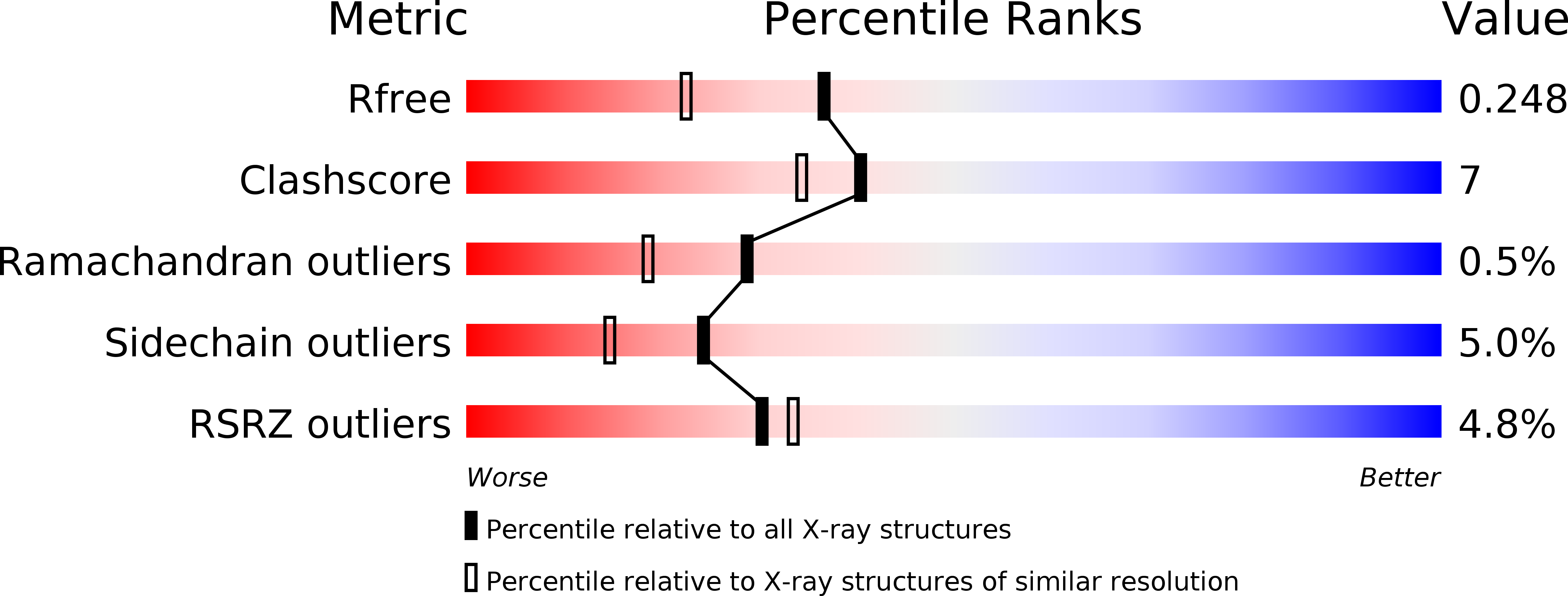
Deposition Date
2008-12-29
Release Date
2009-12-22
Last Version Date
2024-10-30
Entry Detail
PDB ID:
3FO9
Keywords:
Title:
Crystal structure of aldolase antibody 33F12 Fab' in complex with hapten 1,3-diketone
Biological Source:
Source Organism:
Mus musculus (Taxon ID: 10090)
Host Organism:
Method Details:
Experimental Method:
Resolution:
1.90 Å
R-Value Free:
0.24
R-Value Work:
0.21
R-Value Observed:
0.21
Space Group:
P 21 21 21


